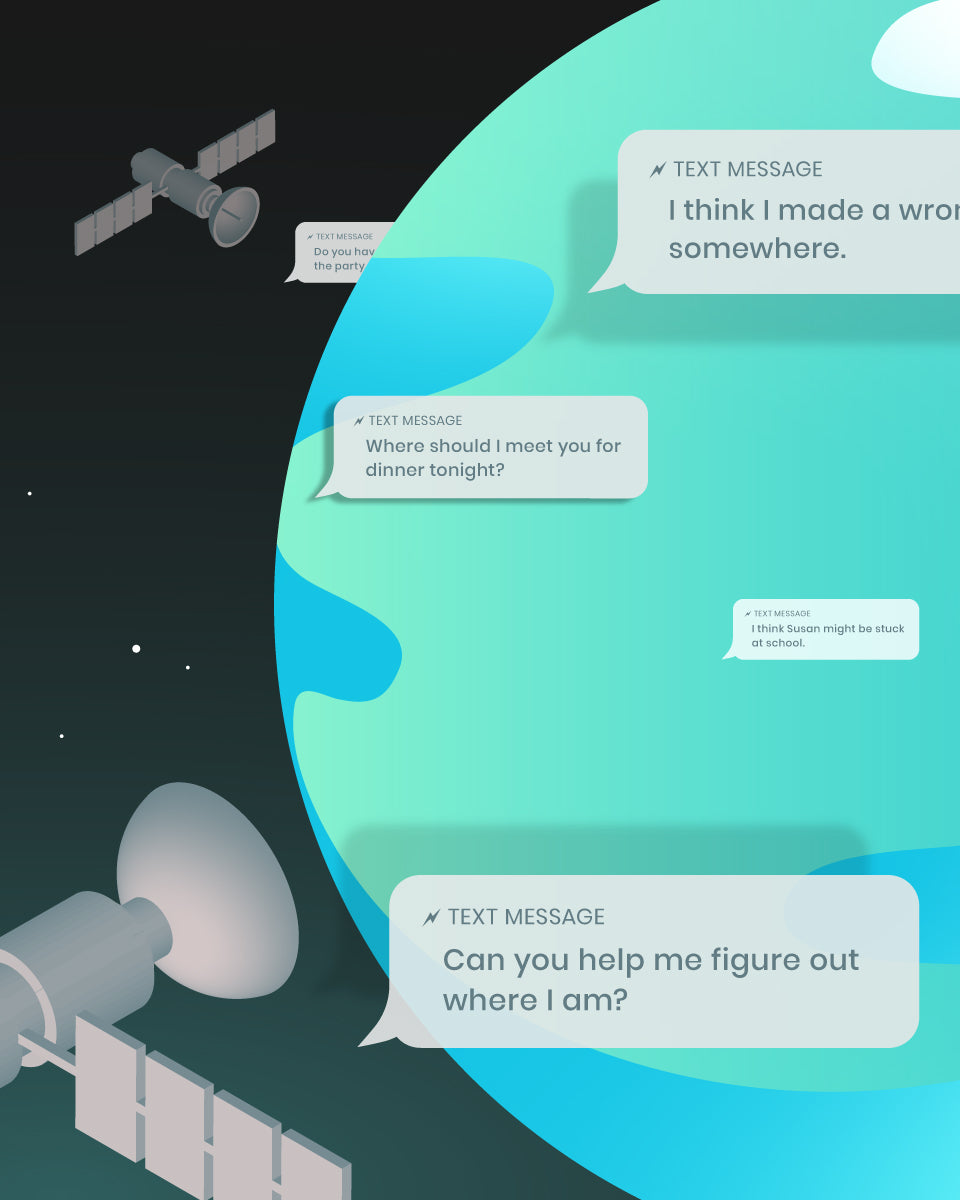Many of you are probably familiar with the American GPS tracking system, but they’re not the only satellite-based location tracking system around. BeiDou is a relatively recent addition to the skies, and has already made waves in the industry thanks to its high number of satellites in orbit.
In this blog, we’ll go over the recent history of BeiDou and what it means for you, the shopper.
What is BeiDou?
BeiDou is China’s version of the Global Navigation Satellite System (GNSS). It was completed in the summer of 2020, with a steady stream of launches over the years until 2024, when it launched its 60th satellite.
Similar to other GNSS systems like GLONASS, GPS, and Galileo, BeiDou is used to communicate with devices on Earth. It provides location services to China’s 1.4 billion citizens as well as other countries such as Thailand.
History of BeiDou
BeiDou has been in development since 1994 in response to the United States’ control of GPS technology. It had become a key project of China’s aerospace program. The first BeiDou satellites in orbit were launched in 2000, with a new batch of satellites launching every few years until 2010, where launch progress accelerated and they launched multiple satellites almost every year until they launched their 60th satellite in late 2024.
While diplomatic relationships between China and the United States have shifted repeatedly over the past 30 years, the United States has nevertheless remained supportive of BeiDou’s development.
In 2017, the two countries reached an accord: the US-China Civil GNSS Cooperation Dialogue, which states that the two systems can share frequencies and transit information along the same bandwidths. Part of the reason this cooperation is possible is because the most significant uses of GNSS systems are not military. Huge sectors of worldwide economies rely on GNSS for navigation and logistics. By reaching this agreement, the United States and China affirmed their mutual need for functional, proprietary GNSS systems, and agreed to leave well enough alone.
BeiDou in Chinese roughly translates to The Big Dipper in English.
How does BeiDou compare to other GNSS networks?
BeiDou and GPS aren’t the only rival GNSS systems. GLONASS, owned by Russia, and Galileo, owned by the EU, have been operational for almost as long as GPS.
The USSR began developing GLONASS in 1976, and there are currently 31 satellites in its network. Galileo currently has 27 active satellites in orbit, which provide information globally–not just Russia or Europe.
Galileo is able to provide more accurate data to users than GPS due to something called Selective Availability, which allows European networks to slightly alter GPS signals at will.
GLONASS offers better accuracy at high latitudes (far north and south) because of the angle of their satellite placement.
It’s for these reasons that GLONASS and Galileo are considered complementary to GPS, which still offers the best coverage to most global citizens.
Competition between all four GNSS systems is stiff, but at the end of the day, the system that best suits the user will depend on more factors than mere nationality. It’s the user’s location on Eart, and how the user intends to leverage the location data, that determines the most suitable network.
The four GNSS systems both compete and cooperate in turn. The four systems are constantly improving–both in the number of satellites they wield and in the technology governing the way they operate.


Share:
Surveying: Tools of the Trade
How Can 3PL Benefit Your Business?